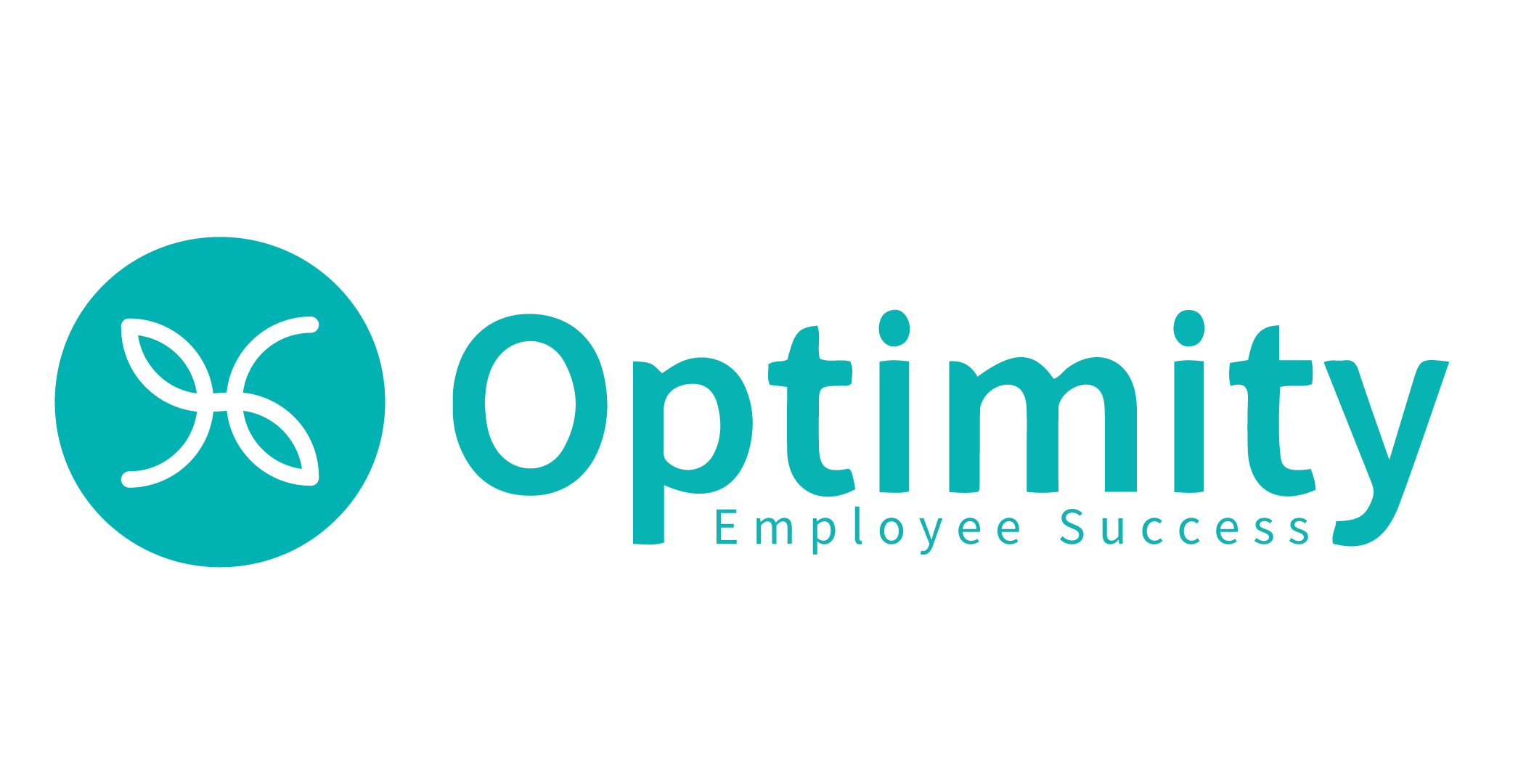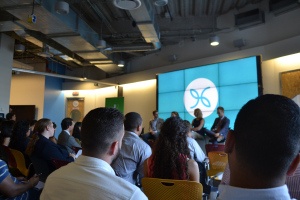Gen Y is now entering the workforce and questioning some of the traditional management and...
Reactive vs. Proactive
Managing work life and personal life is a continuous struggle for most professionals. It is especially apparent in 2015. When you are in a client-facing position, when your performance and billable hours dictate your performance and compensation, it is not always an easy task to juggle work assignments and personal issues at the same time.
I find this problem exciting, because we are truly starting to see higher engagement because our initiatives not only is loved by employees, but are getting more top-level buy in. Tech firms especially are innovators in this space, where the reduction in sick-days can be counted and gains in productivity (lines of code, deployed features, velocity) can be measured.
Coaching employees to deal with stress before it happens becomes key to the success for the HR team, who aim to keep their star players performing. Top firms internally promote their Employee Assistance Programs to help their team deal with mental health and stress issues when they arise.
The problem with relying on EAP’s is that often they are reactive, versus preventative, and heavy usage is expensive. There is often a negative stigma surrounding their usage, preventing employees from using them or talking about it openly to their peers.
We are entering a world where the chronic-disease-management apps, often “free” to the employers, are a great start to helping firms understand how mobile-first technology can change behaviour.
At Optimity, we get to help on the other side, with a proactive, preventative mobile-first solution that delays and stops employees from falling into the chronic state. They are really 2-sides of the same coin in solving the rising health-cost issue for employers.





